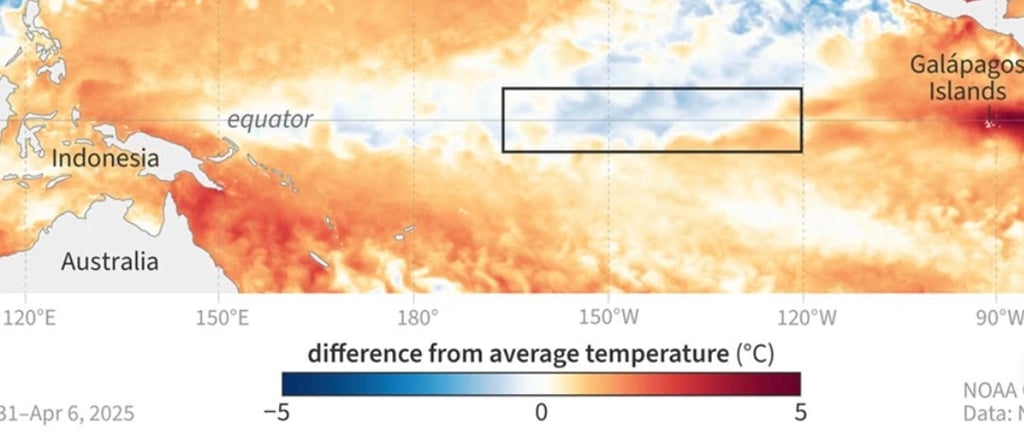The Impact of Neutral Tropical Pacific: Weather Forecasting Challenges


The End of La Niña and the Neutral State of the Tropical Pacific
In recent months, the La Niña phenomenon has come to a conclusion, leaving the tropical Pacific Ocean in a neutral state. This transition is significant, especially considering that the neutral state of ocean temperatures plays a crucial role in influencing global weather patterns. The tropical Pacific is known for its complex interactions with the atmosphere, directly impacting weather phenomena across the globe.
Influence of Ocean Conditions on Weather Patterns
The state of the tropical Pacific Ocean significantly affects rainfall, droughts, and storms worldwide. When ocean temperatures are in a neutral condition, scientists face unique challenges in forecasting weather patterns. During periods of La Niña, cooler ocean temperatures lead to more defined weather patterns, often associated with increased rainfall in some regions and droughts in others. However, the neutral state introduces uncertainty into these forecasts, making it more difficult to predict weather outcomes accurately.
The Challenges of Forecasting in Neutral Conditions
Forecasting during a neutral state of the tropical Pacific presents numerous challenges for meteorologists. Without the influences of La Niña or El Niño, the natural variability of weather is amplified, leading to unpredictable shifts in rainfall and storm intensity. Scientists rely on historical data and models to gauge the potential outcomes, but during neutral phases, these models often struggle to provide reliable predictions. This can leave populations at risk, as they may not be adequately prepared for unexpected weather events.
In conclusion, as we transition away from La Niña and into the neutral conditions of the tropical Pacific, there is a need for heightened awareness regarding the implications of this state on global weather patterns. Understanding the complexities and influences of the tropical Pacific can help in developing better forecasting methods amidst this uncertainty.
